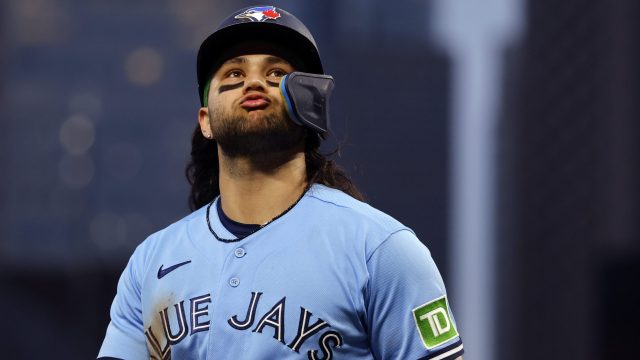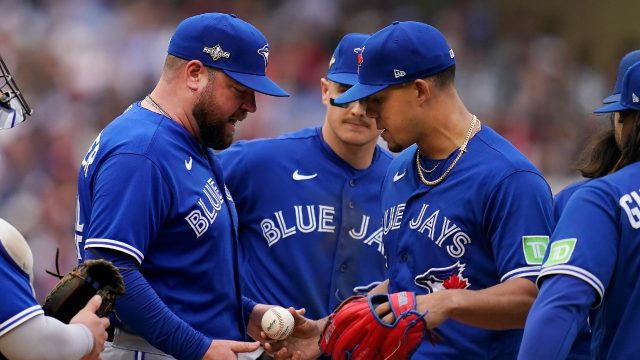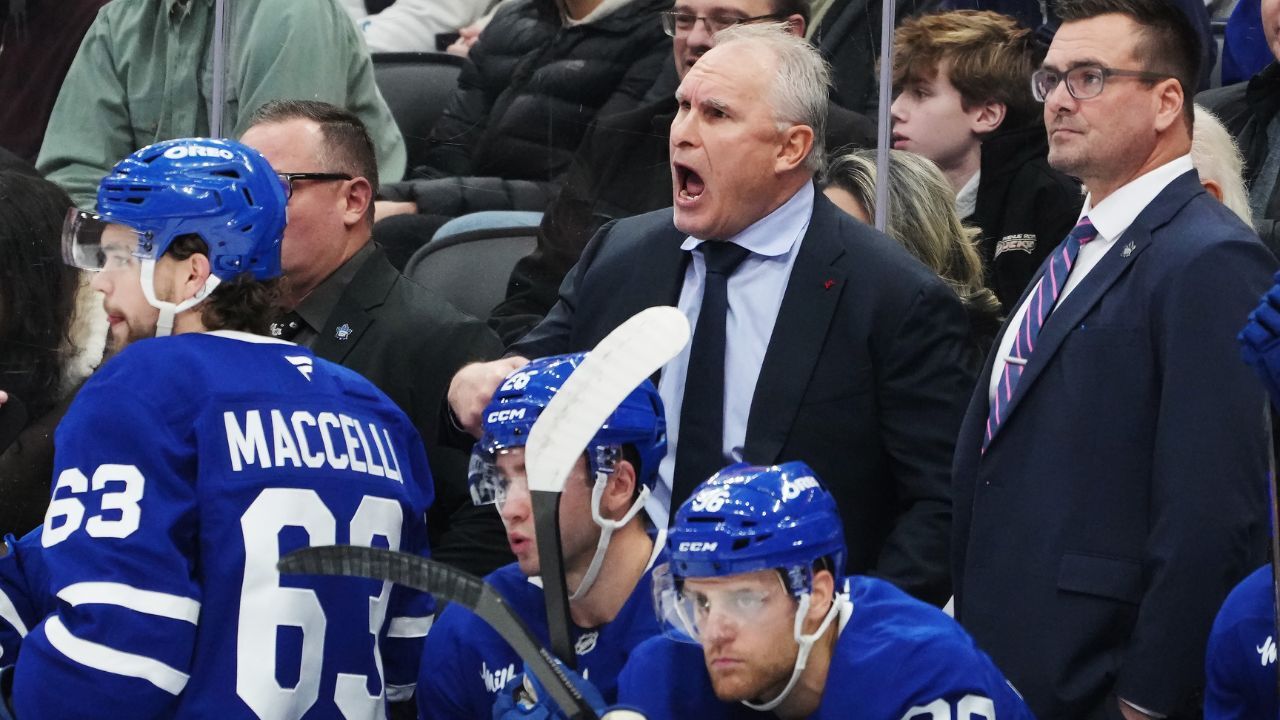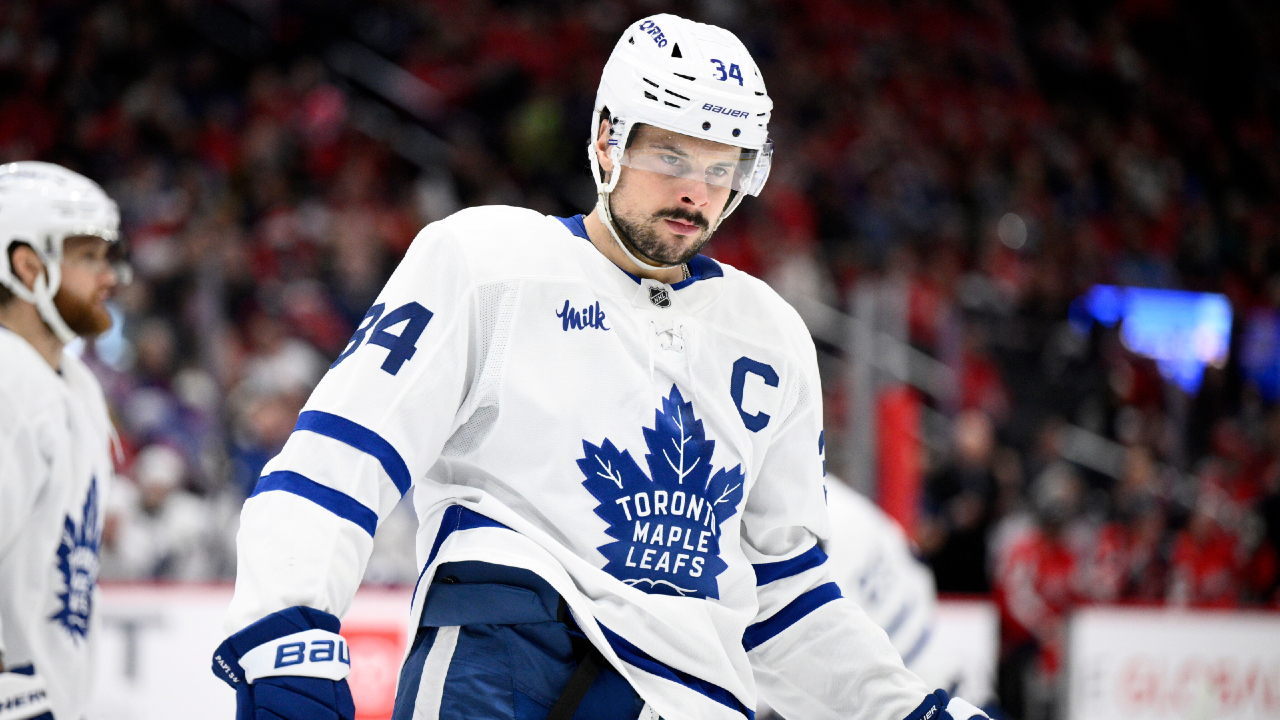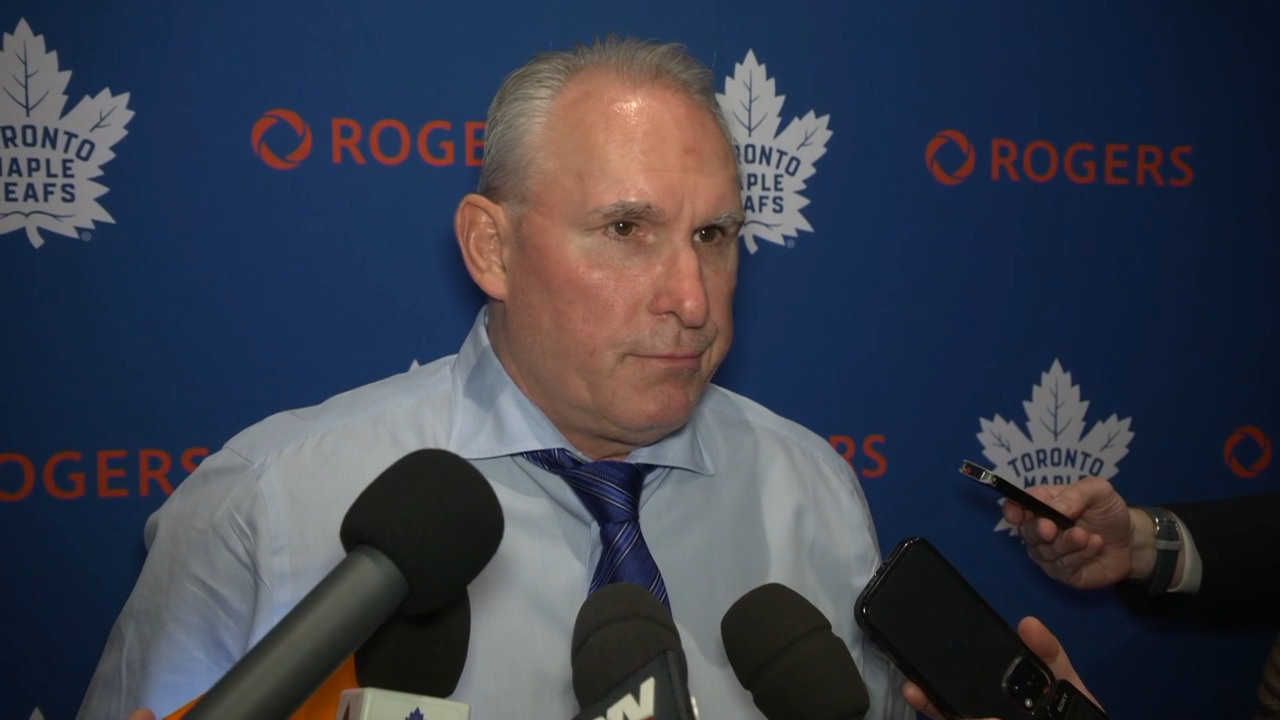
TORONTO – This time, nothing is off the table.
Nothing.
Unlike 2022, there is a freedom that should come with the way the Toronto Blue Jays were tossed aside in this American League wild-card series. Last year’s loss to the Seattle Mariners was shocking because of the way it spun out of control in Game 2, and the changes seemed easy enough: get rid of Teoscar Hernandez, who was going to be free-agent eligible, and add more left-handed hitting with an eye toward improving the outfield defence and shifting George Springer to right field. The price was Lourdes Gurriel Jr. and Gabriel Moreno — and maybe the home run jacket.
Nothing about this two-game sweep by the Twins was shocking. Oct. 3 or 4 might as well have been May 3 or 4, or July 3 or 4: Good enough pitching. Good defence. One extra-base hit, a ton of runners left on-base and a flurry of hittable first-inning pitches from Pablo Lopez and Sonny Gray either missed or not offered at.
The Blue Jays had backed into the playoffs. They backed out.
A manager who spent the entire off-season beating himself up because he’d been too quick to take Kevin Gausman out of that second game against the Mariners found himself, one year later, taking out Jose Berrios after 47 pitches because that was how it was scripted before the game by the smartest guys in the room. Every eventuality was worked out, it seems, but one: that a guy they gave a seven-year, $131-million contract would come out against his former team and carve them up. Tough when human performance happens, isn’t it?
There’s a reason manager John Schneider dropped the word “organization” into his post-game news conference. He’s the front-facing guy, but there were a ton of fingerprints on this crime scene. Don’t believe me? Well, Tom Verducci of Sports Illustrated is no Luddite.
Look: Railing against analytics is a waste of time. The battle is over. We live in the McKinsey age. There is no spending cap on R-and-D in the majors and, let’s be honest, information is good, as long as the people providing and distilling it are good. Frankly, all we can do is trust in the abilities of president and chief executive officer Mark Shapiro and general manager Ross Atkins; trust that they are hiring and empowering the right people. I mean, we can scream and yell, and even joke, about it — while being mindful of the fact the analytics folks are also tailor-made scapegoats for underperforming uniformed personnel — but that’s where we are.
Maybe the easiest thing to say in this matter is that striking a balance between analytics and human frailty is something most organizations have yet to master; that the search continues for a happy medium. Until then, we’ll have to live with the idea that “forcing” the home manager’s hand in a scoreless game by bringing in a left-handed pitcher with no history of post-season success to do something he hasn’t done all year — pitch in relief, in an elimination game, no less — was somebody’s idea of a strategic ploy. Is that enough to give you comfort through a cold winter? Probably not. But it’s all I have.
Funny. I asked Atkins at the end of last season why the organization had delayed in formally announcing Schneider’s return as manager when he knew it, I knew it, Schneider knew it and his friends knew it. “It won’t surprise you, Jeff, to know that we have a process we’re going through,” Atkins responded.
Ah, yes. The process.
Let’s leave aside the Twins series and look at the bigger picture this season. Can we begin by now agreeing that running a payroll of $230 million and starting the season with Brandon Belt or Daulton Varsho as your cleanup hitter cannot possibly be anybody’s Plan A? That the Blue Jays lineup was fundamentally flawed from the get-go?
Hernandez’s maddening brain cramps in the outfield and on the basepaths were not missed, but his run-producing ability was never replaced. The process was a flop in that there was no payoff, which is what a process is supposed to provide, no?
So, is it the process or the people passing on the information?
Regardless, the end product was fewer regular-season wins, a loss of slug at the plate and some puzzling approaches that often seemed geared toward sitting on pitches that weren’t going to result in much damage. Schneider spent all year effectively trying to hide guys in the lineup. Matt Chapman is lucky there wasn’t a 12th spot in the order. That’s essentially why this team is going home.
But what is baseball if not for the promise of tomorrow, eh?
Under the guidance of Shapiro, the Blue Jays have become a robust revenue machine. Shapiro has masterfully managed the pressures that come with running a team owned by a publicly traded corporation. He has overseen a $300-million to $400-million refurbishing of the seventh-oldest facility in baseball while convincing ownership to foot a payroll that is the ninth-highest in the majors — and managed to do so after a pair of home seasons lost due to the COVID-19 pandemic. I know, I know — there are people who will roll their eyes and say they’d gladly trade “social areas” and hot-dog teeter-totters and cornhole games for a cleanup hitter, but the two aren’t the same. When it comes to owning and running an entertainment venue, Shapiro and his folks have breathed new life into the place.
On the field, the Blue Jays still have two more years of Bo and Vladdy, and that superb rotation is locked down for 2024 and beyond. Ricky Tiedemann and Brandon Barriera should factor in at some point in the next two years. Hyun-Jin Ryu, Kevin Kiermaier, Belt, Chapman and Whit Merrifield – whose $19-million option can’t be picked up – ate up $57 million in salary in 2023. That’s 20 per cent of the payroll, and none of them will be back.
So, there is wiggle room, even though this isn’t a spectacular free-agent market beyond Shohei Ohtani — and, yes, the Blue Jays are prepared to have a discussion about Ohtani even though conventional wisdom says he’ll stay on the West Coast. There is a currency in having payroll flexibility, and it will be vital if the the Blue Jays choose to go the trade route this off-season, because their relative lack of high-impact prospects could mean they have to swallow someone else’s unsatisfactory contract in a deal to bring in, say, that impactful middle-of-the-order bat.
There is a lot of heavy lifting that needs to be done here. Is Jordan Romano the closer and, if so, what really explained that change in order with Jordan Hicks late in the season and whose idea was it? Who’s at third base? Who’s the cleanup hitter?
Wither Alek Manoah? And it’s about time to really sit down and see where the organization is with Vladimir Guerrero Jr., because absent a long-term contract, we’re 12 months away from talking about whether you let him walk as a free agent or make a trade. That, and figuring out what to do with the dying embers of Bo Bichette’s contract.
Yep. That’s how fast this stuff has happened.
Shapiro and Atkins have been here together since 2016. They’re on their third manager, haven’t won a playoff series and have basically become the Toronto Maple Leafs: Big budget but shocking deficiencies in key on-field areas. Oodles of financial and intellectual heft. Possessed of generational players, and an engaged but increasingly frustrated — and, maybe worse, confused — fanbase that is looking for someone to blame before checking out how much tickets will cost in 2024.
Shapiro and Atkins are now in consumer-confidence territory with one of Canada’s few true national sports brands. Uncomfortable place, that.


